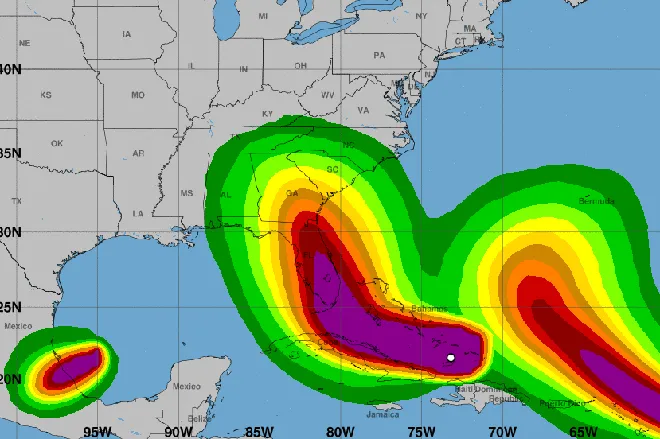
The Yonder Report: News from rural America - November 21, 2024
News from rural America.
The CDC has a new plan to improve the health of rural Americans, updated data could better prepare folks for flash floods like those that devastated Appalachia, and Native American Tribes could play a key role in the nation's energy future.
TRANSCRIPT
For the Daily Yonder and Public News Service, this is the news from rural America.
Obesity, chronic illness, and substance abuse rates are higher in rural America, where 20 percent of the population lives and works.
But researchers say their public health is underfunded and understudied.
A new plan from the Centers for Disease Control and Prevention aims to address that disparity.
Alan Morgan is with the National Rural Health Association.
It shows the commitment of CDC towards rural communities and their willingness to make sure rural communities are as adequately prepared as urban communities.
To create the plan, the CDC reviewed more than 200 rural health initiatives.
Morgan says the blueprint's designed to strengthen the rural public health structure and its workforce by collaborating with local hospitals and agencies.
They have highlighted longstanding issues and now they have a plan to get to where they need to be.
Flash floods, like the torrential rains that came with Hurricane Helene, can devastate rural communities.
Julia Tilton says new research aims to better prepare local folks.
Two years ago, flash floods in eastern Kentucky killed 45 and caused millions in damage.
Now, a nearly $80 million investment by the National Science Foundation is helping researchers in Appalachia use new data to look for ways to help.
For instance, lead investigator Dr.
Kenton Sena says they want to know which causes more damage, storms that last days or short, intense rainfall.
What if we had a two-inch rain event in three hours?
What kinds of flood risk are we looking at?
That helps us to build out the predictive framework.
Sena says the watershed data could help save lives through an early warning system that's better tailored to the local situation.
Because obviously, the watershed will respond differently in those different scenarios with respect to flooding.
I'm Julia Tilton.
Native American tribes are looking to play a key role in the nation's energy future.
President-elect Donald Trump has promised U.S. energy dominance, meaning more fossil fuels.
But lower-cost renewables are moving the market towards clean energy.
And Daniel Cardenas, with the National Tribal Energy Association, is hopeful that market reality will encourage the next administration to stay flexible.
They weren't outright anti-renewable.
I think that's probably the route that things will go.
A vast majority of mineral deposits needed for energy transition are within 35 miles of tribal nations' reservations.
Cardenas says that means they should be key partners in decision-making.
Collectively, tribes are the largest private landowners in the United States outside the federal government.
So no matter what, if the country needs and wants to develop more infrastructure, the path to that is through Indian country.
For the Daily Yonder and Public News Service, I'm Roz Brown.
For more rural stories, visit dailyyonder.com.
















